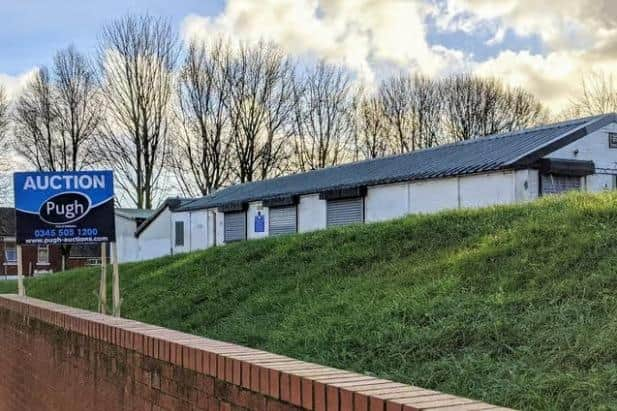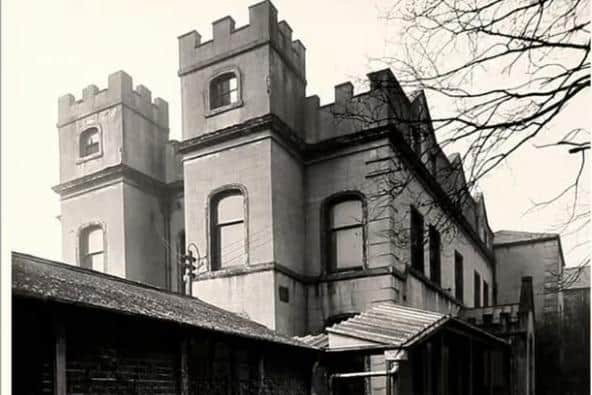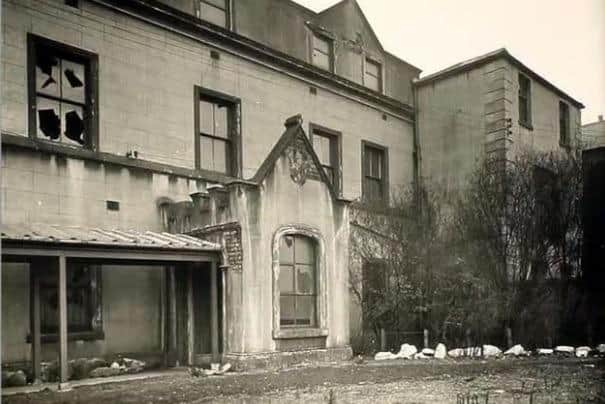Experts go digging for history before 900 years of Preston’s past is damaged by flats plan
and live on Freeview channel 276
Archaeologists are being called in to explore the land in Ashton for any remains of a Benedictine monastery, a castle and a stately home in advance of a scheme to construct two blocks of flats.
Historians say the site of the Star Youth Club in Tulketh Crescent could hold important evidence of 900 years of civilisation in that area of the city. And they are eager to get digging before the the big earth movers trundle in later this year.
Advertisement
Hide AdAdvertisement
Hide AdA planning application is currently with Preston Council for 23 apartments and a two-bedroom townhouse on the land. But archaeologists are insisting they get their spades in the ground first to see just what is under the surface before it is carved up for building work.


Records show a colony of monks from Normandy built a monastery adjacent to the site in 1124 at what is believed to be what is now the junction of Hesketh Street and Tulketh Crescent. They stayed for just three years before travelling further north to Furness Abbey. Even further back it is believed there was a bailey castle and motte on or near the site.
And in the 14th century Tulketh Hall was built close by as the home of Marmaduke de Tulketh, later becoming the seat of the Travers family for more than 500 years.
The old hall became a private school for Catholic boys in the late 19th century and was used as a temporary Army barracks during World War 2. It was badly damaged by fire in 1952 and was later demolished in 1960.


Advertisement
Hide AdAdvertisement
Hide AdEven though the historic buildings are not thought to have stood exactly on the youth club site, they are thought to have been so close that archaeologists are keen to see just what they can unearth before the site is handed over to the developers.
The city council has consulted County Hall's historic environment team for advice and is expected to issue strict conditions involving an archaeological investigation before any construction can begin. No work will be allowed to start until trial trenches have been dug on the site and the findings assessed.
"The proposed development site has the potential to provide buried archaeological evidence of a former early 12th century Benedictine monastery," says a report to the planning department. "The site of the monastery is outside the development site, but there is a potential to locate the site of an 11th century motte and bailey castle thought to be south-east of the site of Tulketh Hall.
"Should the results warrant it, a summary report or detailed article on the work shall be submitted for publication in a regional or national journal appropriate to the significance of the results and findings."


Advertisement
Hide AdAdvertisement
Hide AdThe Star Youth Club, which also has a multi-use games area (MUGA), closed down in 2020 and the site was put on the market by LCC as a cost-cutting move. It was sold in 2021. An earlier application to build 16 apartments and eight houses was submitted in August 2022 but withdrawn in December. The new application follows consultation with council planners.